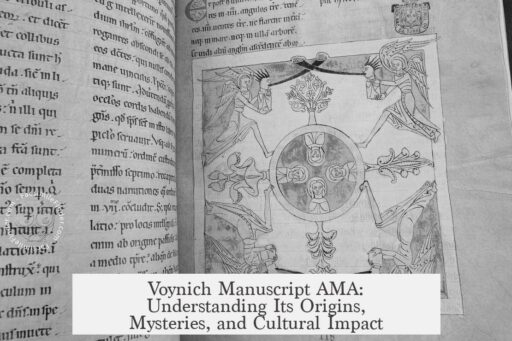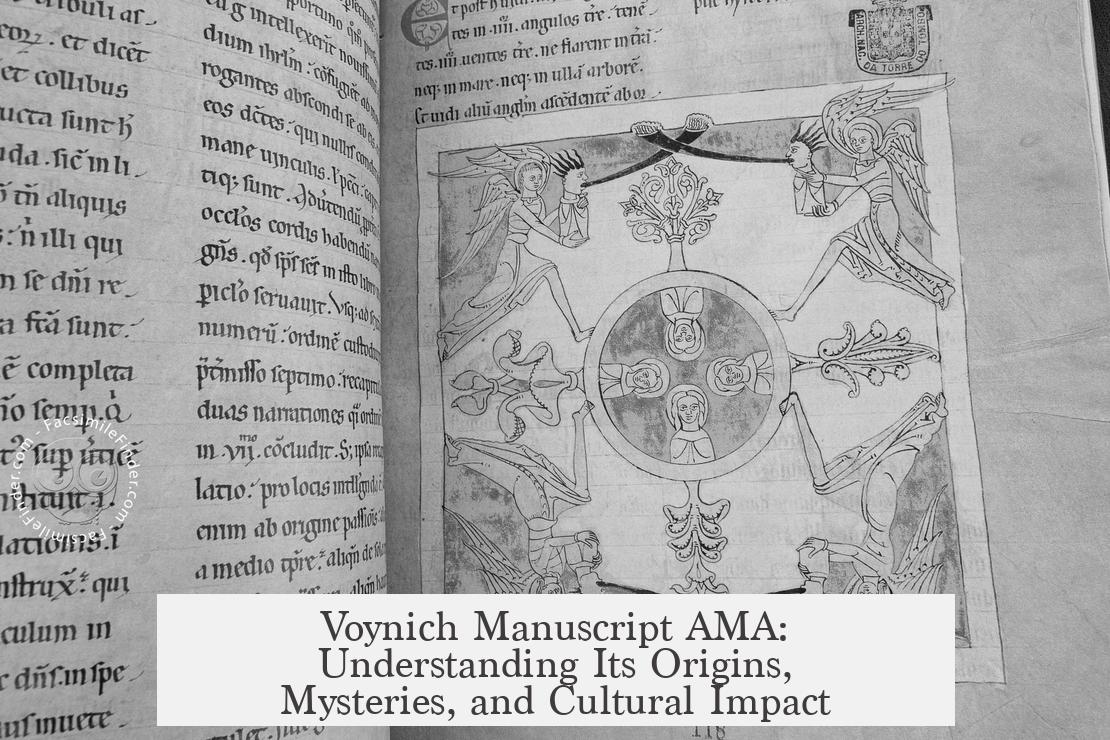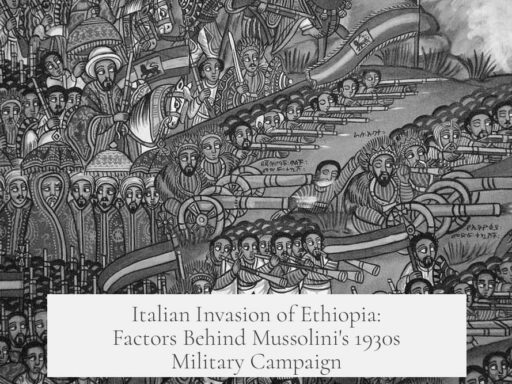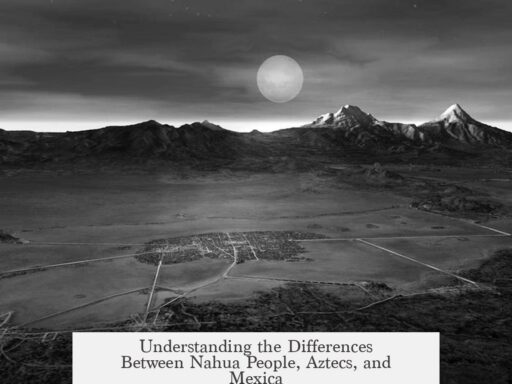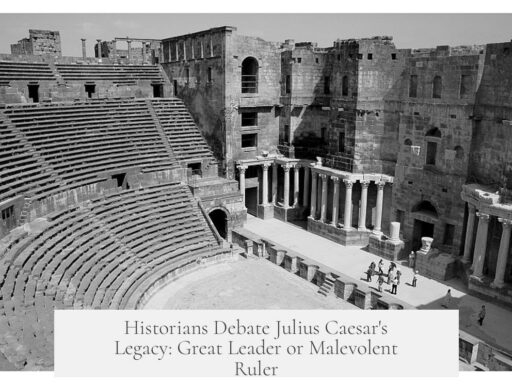The Voynich Manuscript AMA addresses the many mysteries surrounding one of history’s most enigmatic texts. Originating in the 15th century, it contains unknown script, strange illustrations, and defies full interpretation despite intense research. Scholars weigh in on its language, provenance, purpose, and the prospects of deciphering it.
The manuscript’s writing system shows structured patterns. It is neither random gibberish nor fully decoded language. Researchers observe linguistic cohesion, repeated words, and rules that suggest a cipher or constructed language. Some theories propose a coded herbal or medical text, others a fantasy language or a botched translation of far eastern texts like Chinese or East Asian logograms.
Claims that it is in old Turkish or any currently known language remain unconfirmed. Modern AI and cryptanalysis tools assist researchers by identifying statistical patterns, but no definitive translation exists. The possibility that the manuscript is a creative invention, akin to Tolkien’s constructed worlds, is considered. But it likely encodes purposeful information, not merely nonsense.
The manuscript is unique. No other known documents possess similar script or content. While the Codex Seraphinianus resembles the Voynich in its fictional language and imagery, it dates from modern times and is intentionally meaningless. The Voynich’s 15th-century origin is well supported by radiocarbon dating of its vellum and analysis of inks and pigments.
Provenance research traces ownership through marginal Latin-script annotations, including a High German phrase, revealing probable European origins. Commonplace books and illustrated journals were used among affluent circles around that era, sometimes collaboratively. The manuscript’s complexity and elaborate illustrations suggest a wealthy patron, but its exact audience remains speculative.
Its production likely incurred significant cost. Manuscripts were commissioned as scholarly, medicinal, or occult works for elite clients. Whether the coded text aimed to conceal information from outsiders or simply to practice cryptographic skill is debated. It could have been designed for private use or with a key given to trusted readers. Female authorship theories speculate it might house secret medicinal knowledge shared discreetly, but this lacks strong evidence.
The purpose remains unclear. The text could serve as a secret herbal manual, a coded scientific treatise, or a fantastical compendium. Illustrated plants often appear strange or unidentifiable, possibly hybrids or symbolic rather than literal. Naked female figures dominate some sections, interpreted variously as fertility symbols, alchemical metaphors, or mystical imagery. Some cosmic drawings resemble sea creatures rather than galaxies.
Decipherment efforts continue vigorously. Advanced computational cryptanalysis, historical linguistics, and AI pattern recognition tools aid researchers. Despite dubious “final translations” occasionally publicized, no academic consensus has been reached. Historical methods combined with modern technology hold promise but progress is cautious and incremental.
Researchers mainly work with detailed digital scans; physical access is strictly limited. Non-destructive pigment analysis reveals 15th-century inks and no modern materials, supporting authenticity. Some scholars have contributed insights into script structure and provenance, though no singular breakthrough has cracked its code.
The manuscript’s academic study benefits from critical media scrutiny, as sensational claims often distort public understanding. Though fringe theories like Aztec botanical connections or hoax accusations persist, mainstream research treats the Voynich as a serious historical artifact with unknown meaning.
Scholarly interpretations have evolved from viewing it as mystical or alchemical to recognizing it as a ciphered text possibly linked to early pharmacology or esoteric knowledge. No direct parallels in other manuscripts are known; it remains in a class of its own.
- The Voynich Manuscript shows consistent linguistic patterns but remains undeciphered.
- It dates to the 15th century via carbon dating and ink analysis.
- Its author, audience, and purpose are subjects of ongoing speculation.
- Unusual plant images and human figures resist clear identification.
- Modern AI and cryptanalysis aid in research but no definitive key exists.
- No evident similar manuscripts are known, except modern imitations.
- Theories about hoax or fantasy remain unproven; evidence favors a meaningful coded text.
- Physical manuscript access is rare; digitization aids collaborative study.
- The academic community cautiously awaits breakthroughs without definitive answers.
Voynich Manuscript AMA: Unlocking the World’s Most Puzzling Book

Everyone’s heard about the Voynich Manuscript: that cryptic, mysterious book full of strange plants, naked ladies, and text no one has yet cracked. But what exactly is it? Could it be a secret code, a hoax, or the ultimate medieval notebook? The Voynich Manuscript AMA tells us it’s likely a genuine text with coded information, not just random nonsense or a simple prank.
Let’s dive into this perplexing 15th-century enigma, explore the debates, and ponder the wild theories with a dose of humor and clarity.
Is the Voynich Manuscript Just Gibberish or Real Language?
First things first: the writing system. Many claim it’s a constructed language, some say it’s ciphered text disguised from a known language, others suggest it could be an attempt to mimic East Asian logograms. Recently, AI tools have jumped into the fray, scanning the entire text for patterns. Spoiler: these digital detectives do find patterns, but they don’t line up neatly enough to be deciphered yet.
There was a minor media frenzy over a supposed Old Turkish breakthrough—but it turned out to be premature. The text remains a puzzle. Is it possible the author created a fantasy language, like Tolkien did? Definitely. Some scholars argue the manuscript looks like a medieval “constructed language” and not random scribbles.
Analyses show the text does exhibit linguistic cohesion—kind of like a secret code wrapped in a riddle within an enigma. It is more than just a bunch of letters thrown together. This suggests someone knew what they were doing, even if the cipher wasn’t always perfectly executed. Could there be “errors” in their code? Quite possibly, and this might explain the decoding difficulties.
Relatives of the Voynich Manuscript?
Curiously, no other document quite matches the unique script of the Voynich, putting it in a league of its own. The Codex Seraphinianus is a modern cousin — also full of artistic nonsense but intentionally meaningless. Back in the 15th century, no manuscripts with a similar mysterious script have been discovered, making the Voynich one-of-a-kind.
Where and When Did It Come From?
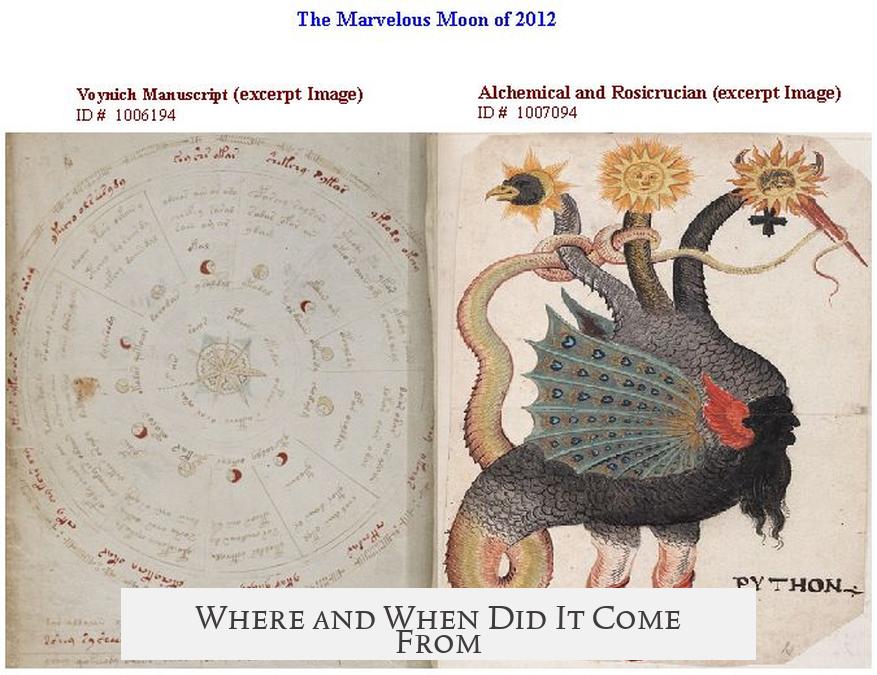
Carbon dating places the vellum—the animal skin pages—in the early 1400s. That nails down a 15th-century origin, a time when handwritten books were rare and precious commodities.
The historical trail on ownership is patchy but intriguing. Some marginal notes in Latin script and High German give clues about ownership, possibly linking it to European scholars or wealthy collectors interested in herbal medicine or alchemy.
Commonplace books—personal journals recording everything from recipes to herbal remedies—were indeed in use among affluent circles. And yes, collaborative books arose occasionally, although the Voynich shows a consistent style suggesting a single, or at least well-coordinated, authorial intent.
Who Was It For? The Audience Mystery
The manuscript, with its costly materials and detailed illustrations, wasn’t a casual scribble anyone could afford. It likely targeted the elite—nobles, wealthy patrons, or secret societies. The cipher’s complexity suggests the user had to be initiated or trained, indicating the manuscript probably came with a guide or required instruction.
Some internet whispers say it was written by women, sharing secret medicinal knowledge in a male-dominated, sometimes dangerous, world. While romantic, there’s no hard evidence—yet the theory taps into fascinating gender and knowledge history.
Was It A Hoax or A Serious Work?
Not everyone buys the idea of serious knowledge cloaked in code. Could it be an elaborate medieval con to sell a rare curiosity? The market for peculiar and exotic books was real but crafting such a detailed manuscript to fool a buyer is quite the effort. The labor and expense involved make the hoax theory less convincing—though not impossible.
What Was the Purpose? Herbal Guide, Fantasy, or Something Else?
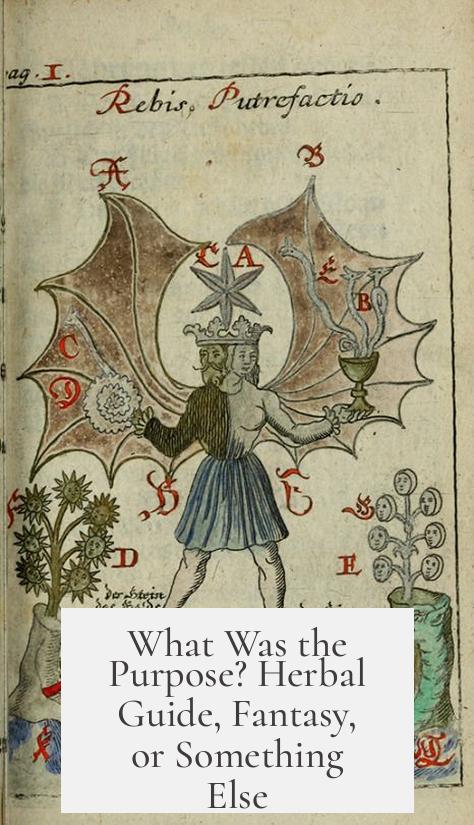
The general consensus among scholars is that it’s likely some kind of treatise on herbs and related topics, dressed up with secret code to protect proprietary knowledge. After all, herbs could mean power and wealth. Concealing that knowledge isn’t far-fetched, especially given historic political and religious climates.
The plants? Many don’t match known species exactly. Some appear fictional or stylized hybrids. The naked ladies? They seem oddly placed, possibly connected to alchemical or fertility symbolism rather than pure decoration. And those cosmic shapes that some insist look like galaxies might also double as sea urchins. No theory has been entirely confirmed or dismissed.
Is the Voynich Manuscript Unique or Part of a Larger Genre?
The book stands alone in style and content but might be tied loosely to a broader medieval genre of mystery manuscripts that combine science, mysticism, and art. While not exactly “fantasy fiction” as we know it, the idea of constructed languages and coded manuscripts certainly suggests a proto-fantasy culture.
Could it have been a “practice book” for new scribes? That’s less likely given the sophistication of the codified script and elaborate illustrations. It’s also not merely a “book without words” purely for aesthetics—it has text with structure, clues, and method.
How Close Are We to Cracking the Code?
Compared to the infamous Rohonc Codex, a recently decoded complex code, hope reigns high. Historical methods combined with cryptanalytic techniques, including AI-driven password cracking, continually advance our understanding.
Reputable researchers aim to apply rigorous linguistics, historical context, and digital technology. Yet the manuscript resists all straightforward attempts, and many claims of “translations” fall short of scholarly standards. Datasets of the manuscript’s text are widely available online, enabling global collaboration.
Will the truth be mundane, or a groundbreaking revelation? That’s anyone’s guess. The real magic lies in the mystery itself, driving academics, enthusiasts, and conspiracy theorists wild.
Access and Interaction: Touching History
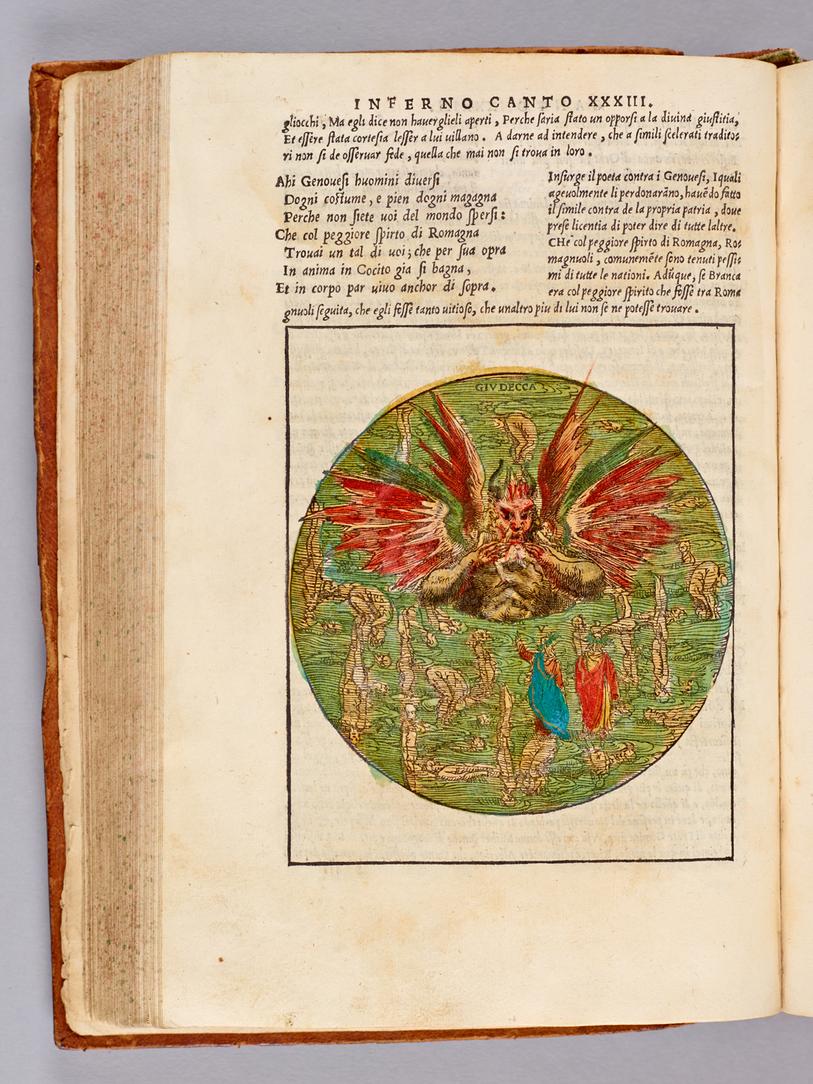
Few researchers get to handle the actual manuscript, as it’s housed securely at Yale University’s Beinecke Library. Most work with digital images, which are impressively high-quality. Studies of inks and pigments hint they used rare substances, possibly European but with some exotic imports too.
The Scholarly Community and Public Fascination
The Voynich Manuscript bridges academic rigor and public fascination, often complicated by fringe theories. Reliable updates come from specialized journals and credible historians. Yet, sensational claims from media or ‘Professor X has cracked it’ announcements keep rolling in, often to be debunked.
The social aspect is lively; scholars sometimes receive quirky fan mail and conspiracy pitches. Yet the field has advanced noticeably in the past decade, with improved imaging and interdisciplinary approaches promising better understanding soon.
Personal Insights from Voynich Researchers
Experts often speak fondly of their research sections. The “pharmaceutical” pages with bizarre plant drawings are favorites, while the star charts with their odd anatomy confuse the heck out of some historians.
Some suggest collaborative authorship due to style variances but overall, a single mastermind or workshop seems most plausible.
Special Theories and Wild Guesses
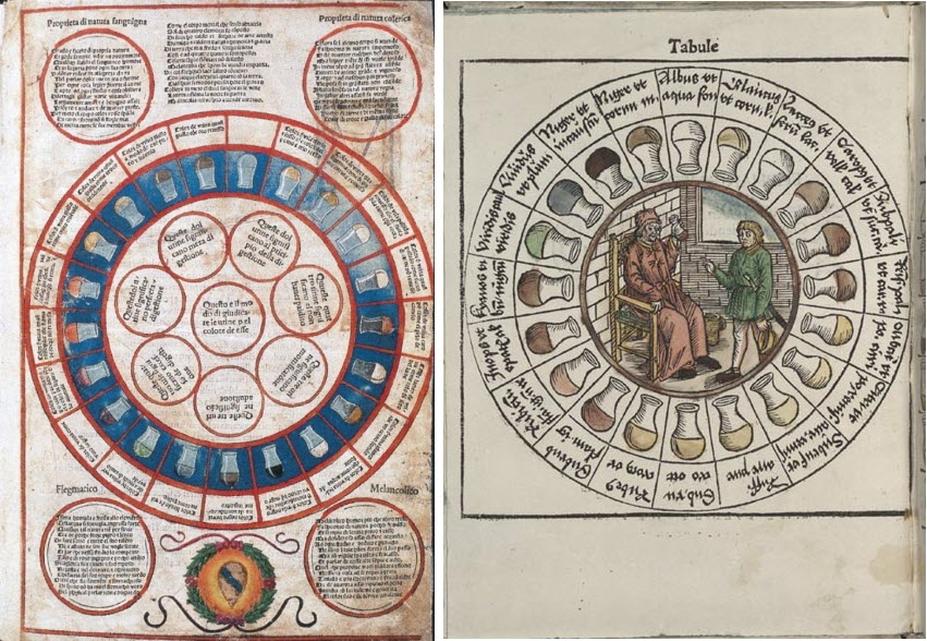
Beyond mainstream scholarship, ideas range from connections to Aztec botany to associations with lost early technologies. A new book explores a possible link to Nahuatl botanical terms, but it hasn’t gained credibility yet.
Internet lore even suggests the manuscript as an early Dungeons & Dragons sourcebook—but that’s pure fantasy, literally.
And What About Women’s Secret Knowledge?
The notion of female authorship intrigues many. Medieval women indeed often transmitted medicinal knowledge orally or secretly. A coded manuscript would be a clever, albeit risky, method.
While direct evidence is lacking, it’s a compelling angle about hidden history and gender roles in intellectual culture.
How Has Interpretation Changed Over Time?
Early excitement gave way to skepticism during the Enlightenment, but the fascination never faded. Scholars periodically attempted translations, interpretations shifting from mystical to scientific over centuries. The manuscript never lost its allure.
Where to Learn More?

If you crave deeper knowledge, check out books by respected historians and cryptologists specializing in the manuscript. Also, sites hosting data and rebuttals offer balanced perspectives on wilder theories.
For a skeptical yet open-minded dive, the Beinecke Library’s digital collection is a treasure trove.
In Closing: Why Does the Voynich Manuscript Matter?
The manuscript mesmerizes because it challenges our assumptions. Is it a ciphered scientific guide, a coded fantasy, or a medieval Mickey Mouse prank? It embodies curiosity itself—how far are we willing to go to solve a puzzle lost to time?
So, what do YOU think? Was the Voynich Manuscript a secret herbal compendium, a medieval code-breaker’s exercise, or an elaborate hoax? One thing’s for sure: the mystery continues to inspire and mystify.
Keep your magnifying glasses ready and your imagination wild!
What makes the Voynich Manuscript’s text seem like a real language rather than gibberish?
Researchers have found recurring patterns and consistent structures in the text. These features suggest it encodes meaningful information, not just random letters. The linguistic cohesion points to a purposeful cipher or language system.
Is it true the manuscript was written in old Turkish or derived from a Chinese textbook?
There is no firm evidence supporting old Turkish or a Chinese textbook origin. Such theories exist but are not widely accepted. The manuscript’s origin and language remain uncertain despite various hypotheses.
Why are there strange illustrations like naked women and unknown plants in the Voynich Manuscript?
The plants often don’t match known species, and the naked figures might have symbolic or ritual meaning. These images could relate to herbal medicine, astrology, or secret knowledge. Their exact purpose is still debated.
Have any similar manuscripts ever been found that use the same writing system?
No other documents with the same script are known. The Voynich Manuscript is unique in this respect. Some compare it to modern artbooks like the Codex Seraphinianus, but those are intentionally made-up scripts.
How much progress have modern codebreaking methods and AI made in decoding the manuscript?
AI and computational analyses help identify patterns but haven’t cracked the text’s meaning yet. Efforts continue but face challenges due to the manuscript’s complexity and unknown linguistic features.
Who might have owned or used the Voynich Manuscript when it was created?
It was likely an expensive creation intended for wealthy or scholarly circles. Marginal notes suggest European ownership. Some speculate it was a private guide or coded knowledge tool for a select audience.
